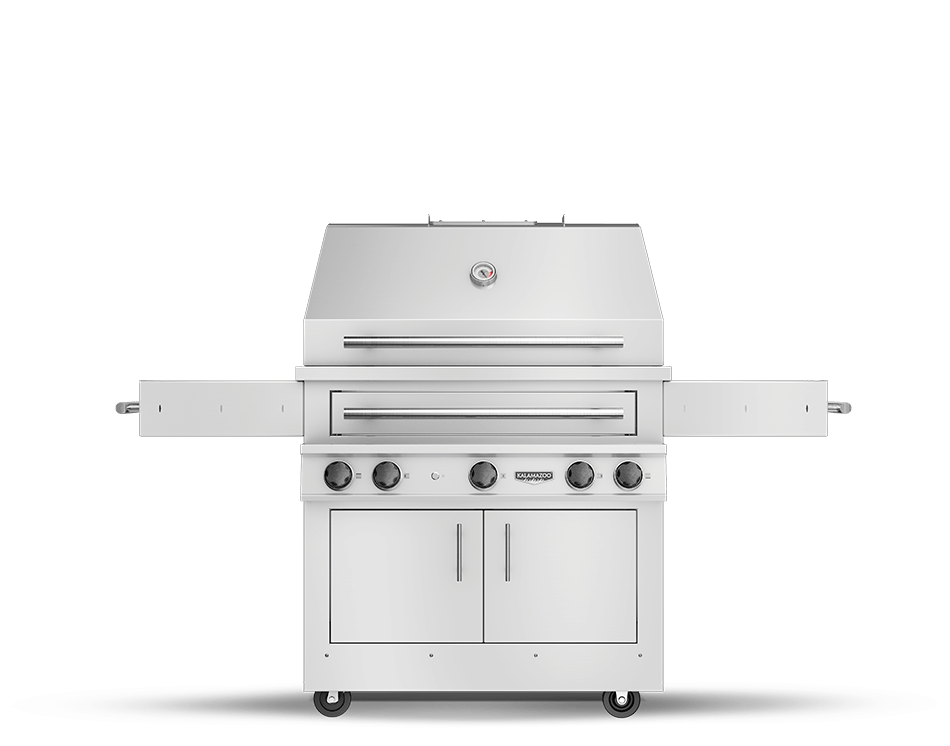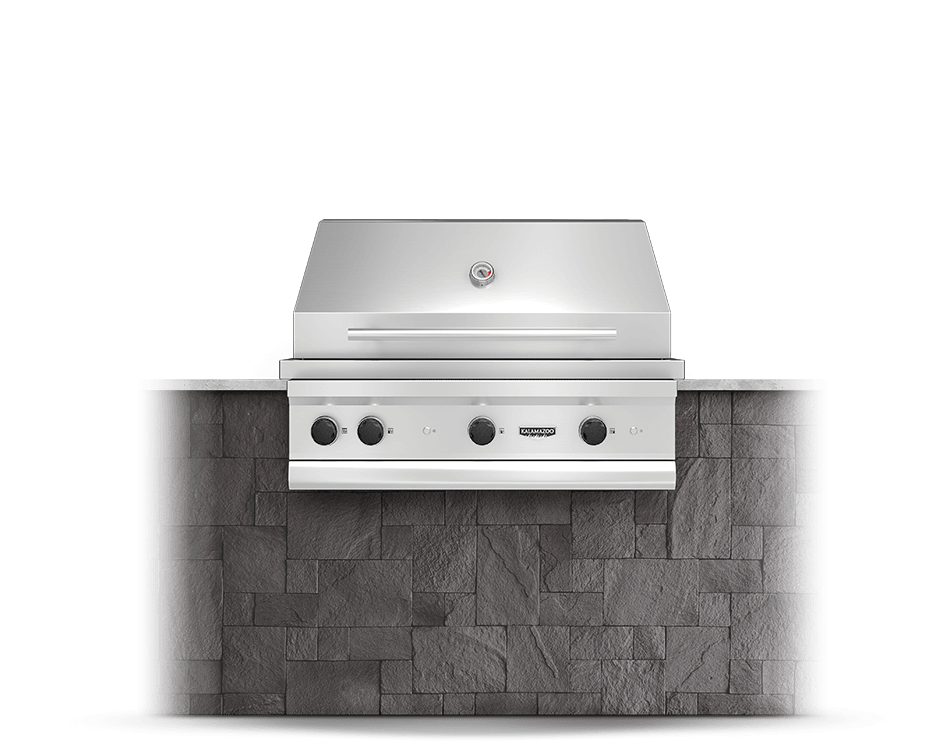
Grill masters all over the country take a lot pride in grilling the perfect steak, partly because it is no small feat. Mastering the touch test to determine the doneness of a steak by feel can take a lot of practice, but there is more to grilling the perfect steak than just nailing the doneness.
Preparing the Meat
Preparing the meat is simple. I think it is more important to coat a steak in olive oil and generously season it than it is to let it come to room temperature. I typically remove steaks from the cooler at the same time I light my grill. They warm up a little bit, but not even close to room temperature.
Whether you season just with salt, salt and pepper, or a seasoning blend is entirely a personal matter, but a thorough brushing with olive oil is critical.
Applying the Right Heat
Thinner steaks like the ribeye cap steak I’ve used in our Father’s Day newsletter, or skirt steak, are best grilled over direct heat at temperatures around 600°F. A charcoal fire will deliver a drier heat than a gas flame, which helps create that perfect crust and delicious Maillard reaction.
Using a combination of direct and indirect grilling techniques is best for thicker steaks like bone-in ribeyes and filet. Start by searing over a hot fire at temperatures around 700° to 800°F. After thoroughly browning the steaks on all sides (not just the tops and bottoms), move the steaks to an indirect zone or an elevated rack. Add soaked wood chunks or limbs to the fire, close the grill, and let the steaks coast up to the perfect doneness while being bathed in flavorful wood smoke in the indirect cooking zone.
Thick or thin, direct or indirect, I prefer an allover deep browning of the exterior rather than dark grill marks and light-colored spaces in between. Those spaces between the grill marks are a lost opportunity for flavor. Allover browning is achieved by turning the steak frequently and using high heat. Coating the steak with olive oil during prep helps with this as well.
Judging the Doneness
If you test for doneness by poking the meat, I think it is very important to test the feel right before it goes onto the grill. The “benchmark touch” for the raw steak is valuable because a typical New York strip steak is firmer than a ribeye at every stage of doneness. Firmness can also vary between grass-fed/grass-finished beef and corn-fed beef. Steven Raichlen explains the touch test best.
 An instant-read meat thermometer can be more accurate than the touch test, but there is only one thermometer I trust more than my own experience with the touch test, and that is the Thermapen. It gives me an accurate temperature reading in just a couple of seconds. Don’t forget, steaks will continue to rise in internal temperature after being removed from the grill, and the USDA’s published temperatures for doneness are way too high for gourmet cookingin my opinion.
An instant-read meat thermometer can be more accurate than the touch test, but there is only one thermometer I trust more than my own experience with the touch test, and that is the Thermapen. It gives me an accurate temperature reading in just a couple of seconds. Don’t forget, steaks will continue to rise in internal temperature after being removed from the grill, and the USDA’s published temperatures for doneness are way too high for gourmet cookingin my opinion.
A new option I have been testing is the Steak Champ electronic steak thermometer. It is inserted into the steak before cooking, and a flashing LED lets you know when it is time to remove it from the grill. I was quite skeptical when I first agreed to test it, but I have been very impressed with its accuracy and reliability - so impressed that Kalamazoo now sells it. In addition to telling you when to pull the steak off the grill, it indicates when the resting period is finished.
Resting the Steak, or Not
Allowing a steak to rest after cooking will redistribute the juices and keep more of them inside meat when you do cut into it. This is almost always the best way to go…
But, there are times when the juices running out onto the carving board is a good thing. When I share a steak with my wife (which I do quite often because I prefer to grill a thick steak that typically weighs more than 12 ounces), I will usually slice the whole steak for serving straight off the grill. A great trick is to whisk together olive oil, sherry vinegar and a little melted butter and pour it onto the cutting board with some fresh chopped herbs. Place the steak on top and slice it immediately, letting the juices mingle with the sauce on the board. Drag the slices through the mixture when serving and pour the remainder over the plates for a wonderful flavor boost.





